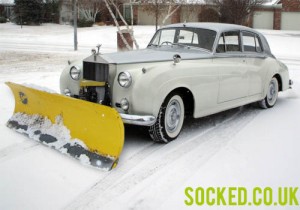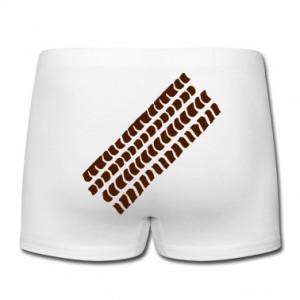November 6th 2012 |
What to do if your car starts to skid or slide
Unless you’re an ice skater, odds are, you’re already aware that trying to walk on ice in a gentlemanly fashion can prove rather difficult when one has no grip between ones feet and the ground beneath them.
And it’s just as tricky to drive a vehicle on snow or ice when maintaining any level of traction is near impossible. If your wheels cannot grip the surface of the road, then you will be unable to steer correctly, the wheels driven by the engine will simply spin, your brakes will not work and your vehicle will skid and this doesn’t change whether you have front wheel drive, rear wheel drive or you’re in the Range Rover.
Once you have lost control you go into a skid, in winter over 45% of all road accidents are caused by skidding. The skill to master here is to extract your vehicle from the skid and reassert ones authority.
To accomplish this, you will require tyres that are fit for the road, if you intend to travel abroad during the winter months (November to April), then it’s worth checking if you are required by law to fit winter tyres. Winter tyres are much chunkier than normal road tyres, with much wider water channels and softer rubber in order to provide a better grip. If you’re planning on driving through a serious amount of snow, such as a ski resort, then it may also be compulsory to fit snow chains, just remember to remove them when driving in normal road conditions as they will damage the road and the your tyres otherwise.
However, for the vast majority of British roads, normal road tyres that are in good condition will be adequate for winter use, providing of course you observe and follow these simple rules:
1. Drive slower than normal.
2. Avoid aggressive acceleration – this will cause your wheels to spin.
3. Avoid harsh breaking – this will cause your wheels to lock and your tyres will lose their traction.
4. Don’t steer violently
If you do find yourself in a skid then don’t panic Mr Mannering! Recovering will depend on a few factors, such as whether you have front wheel, rear wheel or four wheel drive, the road conditions and the nature of the skid.
You should point the front wheels in the direction you wish to head, keep your foot off the brake and ensure the car is in neutral until you have slowed to a pace where is it possible for you to regain control.
To maintain traction on your drive wheels this can be achieved by having enough weight over the wheels. During the summer months carrying a heavy load will increase the amount of fuel consumed, however during the winter if you have a rear wheel drive vehicle then carrying a bit of weight in the boot, such as a few bricks or a bag of sand will help your tyres to grip the road.
As front wheel cars have the engine over the wheels when attempting to climb a hill the weight will be thrown to the rear, therefore a good tip for drivers of these vehicles would be in order to stop your front wheels from spinning (and if it safe to do so) try reversing up the slope.





